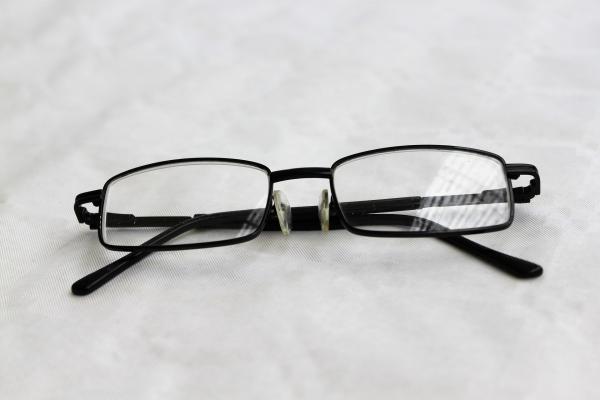“Shah Jahan is best known as the Mughal ruler who built the Taj Mahal. He spent much more of India’s wealth, however, building the Peacock throne (completed 1635), meant to rival the throne of Solomon. The value of the throne, perhaps the most bejeweled object ever created, can perhaps be understood by knowing that crowning one of the peacocks was the Kohinoor, one of the world’s largest diamonds. At the time, however, the Kohinoor wasn’t even considered the most impressive or valuable jewel in the throne!”
A remarkable tale of gems, brigands, Afghanistan, and of course, the British Empire From Marginal Revolution, Heavy Wears the Crown and the Kohinoor
“Earth without its moon is like macaroni without cheese, Bert without Ernie, Batman without Robin. The moon has been at the center of timekeeping for millennia—it’s at the origin of our months (formerly “moonths”), and some calendars are still lunar-based. Plus, the moon has a strong gravitational effect on Earth. The ocean’s tides are mostly due to the moon. And the tilt of our planet’s spin axis—which is responsible for the seasons—is stabilized by the moon. So it’s kind of a big deal….”
We tend to take the moon for granted or as a possible base on the way to somewhere else. But where did our moon actually come from, and in what ways is it a bit unique? From Nautil.us, The Moon Is Underrated
What's love got to do with it?
“If you’re a neuroscientist, you give one particular answer. If you’re a psychologist, give another one,” she said. “As an anthropologist—it’s a bit of a magpie profession—I gather all that together.”
Let’s take a moment to consider that “love” describes just a bit of the biological imperative to pass on our genes. This is a fascinating piece on some of the biology that underlies that huge emotion. From Nautil.us, Love Is Biological Bribery
Finally, a short video ride through what seems to be mid-town New York City. The last time I saw it looking even close to that was the height of the pandemic.




